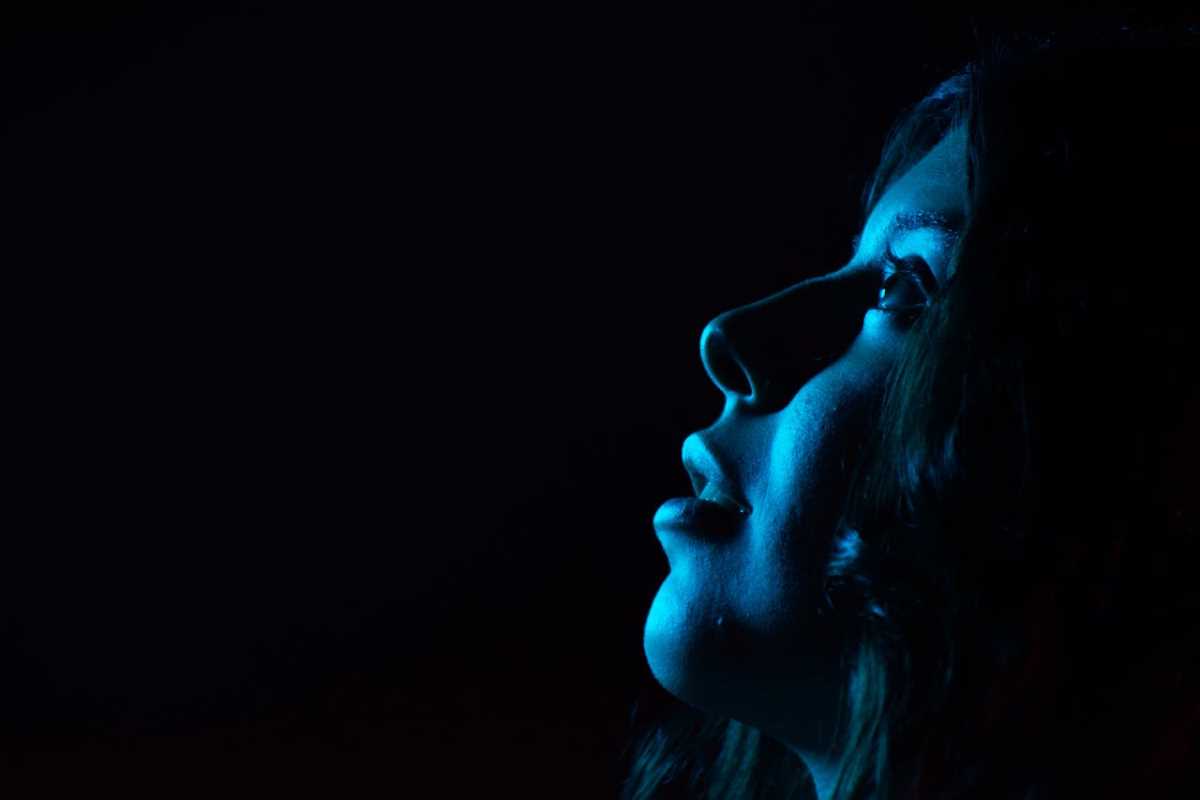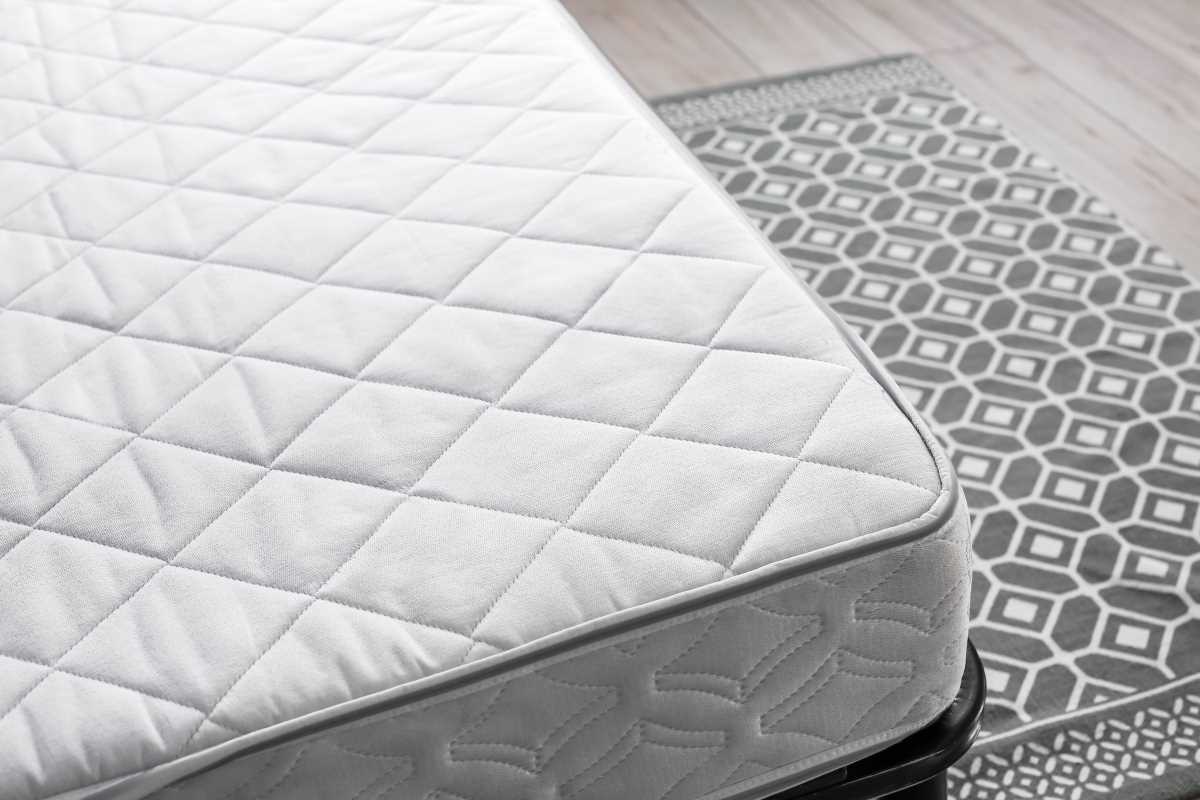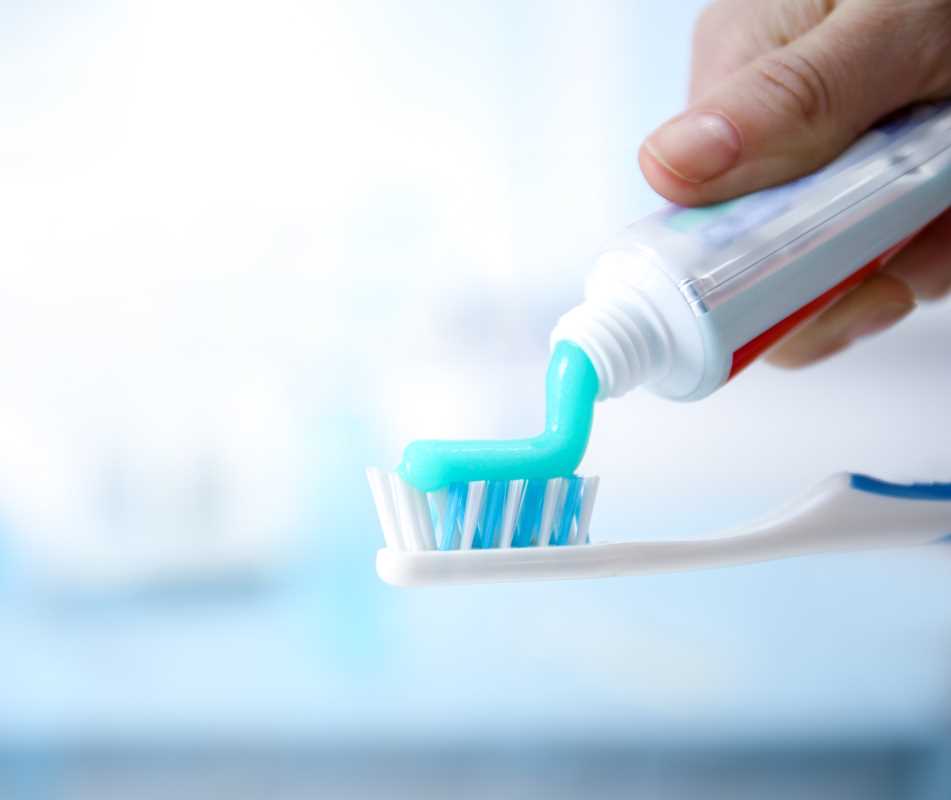Digital screens are a fixture in our daily lives, from the smartphones in our pockets to the computers we use for work. As our screen time increases, so do concerns about its impact on our health, particularly our eyes. This has led to the rise of blue light glasses, marketed as a solution to digital eye strain and sleep disruption. You might be wondering if they are a worthwhile investment or just a passing trend. Understanding what blue light is and how it affects your body is key to making an informed decision about your eye health. This guide will delve into the science behind blue light, examine the claims made about blue light glasses, and provide practical advice for protecting your eyes in a screen-filled world.
Understanding Blue Light and Its Sources
To grasp the conversation around blue light glasses, it helps to first understand what blue light is. The light we see, known as the visible light spectrum, is composed of different colors, each with its own wavelength and energy level. Blue light has one of the shortest wavelengths and highest energy levels within this spectrum. Think of the colors of the rainbow—red, orange, yellow, green, blue, indigo, and violet. The colors on the red end of the spectrum have longer wavelengths and less energy, while those on the blue and violet end have shorter wavelengths and more energy.
The single largest source of blue light is the sun. Sunlight contains a full spectrum of visible light, including a significant amount of blue light. This natural exposure is not only normal but also beneficial. It helps regulate our body's internal clock, known as the circadian rhythm, which controls our sleep-wake cycle. Sunlight’s blue light boosts alertness, enhances mood, and improves cognitive function during the day.
The concern today stems from our increased exposure to artificial sources of blue light. Digital devices like smartphones, tablets, laptops, and LED televisions all emit blue light. Although the amount of blue light from these screens is only a fraction of what we get from the sun, the proximity of these devices to our eyes and the long hours we spend using them have raised questions about potential long-term effects.
How Blue Light Affects the Body
Your body’s circadian rhythm is highly sensitive to light. When your eyes are exposed to light, special cells in the retina send signals to a part of the brain called the suprachiasmatic nucleus. This area acts as your body's master clock, telling you when to be awake and when to feel sleepy. Blue light is particularly effective at signaling to your brain that it's daytime.
During the day, this is helpful. It keeps you alert and focused. However, exposure to blue light at night can be disruptive. It can suppress your body's production of melatonin, a hormone that signals it's time to sleep. Using your phone or watching TV right before bed can trick your brain into thinking it's still daytime, making it harder to fall asleep and reducing the quality of your sleep. This disruption to your natural sleep cycle can lead to daytime fatigue, difficulty concentrating, and other health issues over time.
The Claims Behind Blue Light Glasses
Blue light glasses are designed with special lenses that are treated to filter out or block a certain percentage of blue light from reaching your eyes. The primary claims made in their favor are that they can reduce digital eye strain, prevent damage to the retina, and improve sleep quality. Let’s look at the evidence behind each of these assertions.
Claim 1: Reducing Digital Eye Strain
Many people experience a collection of symptoms known as digital eye strain or computer vision syndrome after prolonged screen use. These symptoms can include sore or tired eyes, dryness, blurred vision, and headaches. It’s a common belief that blue light is the main culprit behind this discomfort.
However, most research suggests that digital eye strain is not directly caused by blue light itself. Instead, it’s more related to how we use our digital devices. When you stare at a screen for hours, you tend to blink less often. The average person blinks about 15 times per minute, but this rate can be cut in half when looking at a screen. Reduced blinking leads to dry, irritated eyes. Furthermore, the constant effort of focusing on a close-up screen can tire the eye muscles, leading to soreness and fatigue. The glare and contrast of the screen can also contribute to discomfort.
While some people report feeling more comfortable when wearing blue light glasses, there is limited scientific evidence to support the idea that they significantly reduce digital eye strain. The American Academy of Ophthalmology does not currently recommend any special eyewear for computer use.
Claim 2: Preventing Retinal Damage
Another concern is that long-term exposure to blue light from screens could damage the retina, the light-sensitive tissue at the back of the eye. Some laboratory studies have shown that high-intensity blue light can damage retinal cells. This has led to fears that it could increase the risk of conditions like age-related macular degeneration (AMD), a leading cause of vision loss.
It is important to put this into perspective. The studies that found retinal damage used blue light sources that were far more intense than anything emitted by our personal electronic devices. The amount of blue light from your phone or computer is very small compared to the amount you get from natural sunlight. Currently, there is no scientific evidence to show that the blue light from digital screens causes any damage to the retina in humans. More research is needed to understand the long-term effects, but for now, the risk appears to be low.
Claim 3: Improving Sleep Quality
The most well-supported claim for blue light glasses is their potential to improve sleep. As discussed, blue light exposure at night can disrupt your circadian rhythm and suppress melatonin production. By filtering out this specific wavelength of light, blue light glasses may help your body produce melatonin naturally, making it easier to fall asleep and stay asleep.
Several studies have found that wearing blue light-blocking glasses for a few hours before bedtime can lead to improved sleep quality and duration. For individuals who must use screens in the evening for work or other reasons, these glasses could be a helpful tool. They allow you to continue your activities without interfering as much with your body’s preparation for rest. This is where blue light glasses show the most promise.
Practical Steps to Protect Your Eyes
Whether you decide to try blue light glasses or not, there are many effective, evidence-based strategies you can use to protect your eyes and improve your sleep hygiene.
Practice the 20-20-20 Rule
One of the best ways to combat digital eye strain is to give your eyes regular breaks. Follow the 20-20-20 rule: every 20 minutes, take a 20-second break to look at something 20 feet away. This simple practice helps relax your eye muscles and encourages you to blink, which rehydrates your eyes.
Adjust Your Device Settings
Most modern smartphones, tablets, and computers have built-in features to reduce blue light emission. Look for a "night mode" or "night shift" setting in your device's display options. You can schedule this feature to turn on automatically in the evening. This shifts the screen colors to the warmer end of the spectrum, reducing the amount of blue light you are exposed to before bed.
Optimize Your Workspace
Make sure your workspace is set up to be comfortable for your eyes. Position your computer screen so it is about 25 inches away from your face, and the center of the screen is slightly below eye level. Adjust the brightness and contrast of your screen to match the lighting in the room to reduce glare and eye fatigue.
Limit Evening Screen Time
The most effective way to prevent blue light from disrupting your sleep is to avoid screens altogether for one to two hours before you go to bed. Use this time to read a book, listen to music, or practice relaxation techniques. Creating a screen-free wind-down routine can significantly improve your ability to fall asleep.
 (Image via
(Image via





